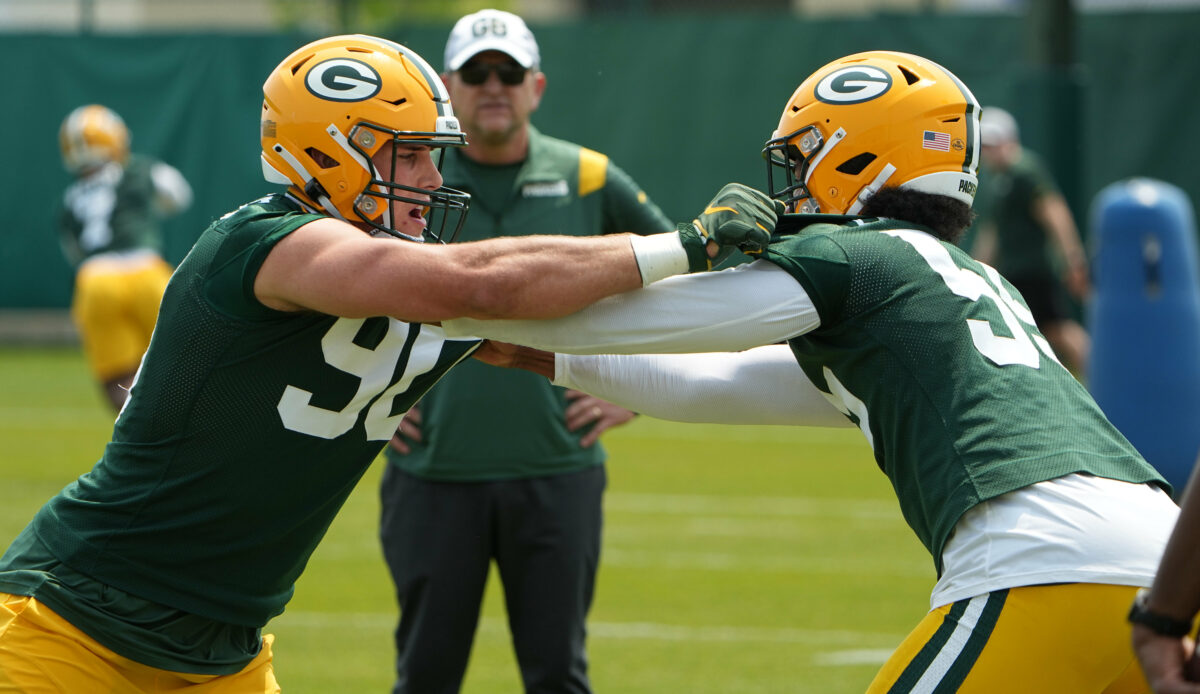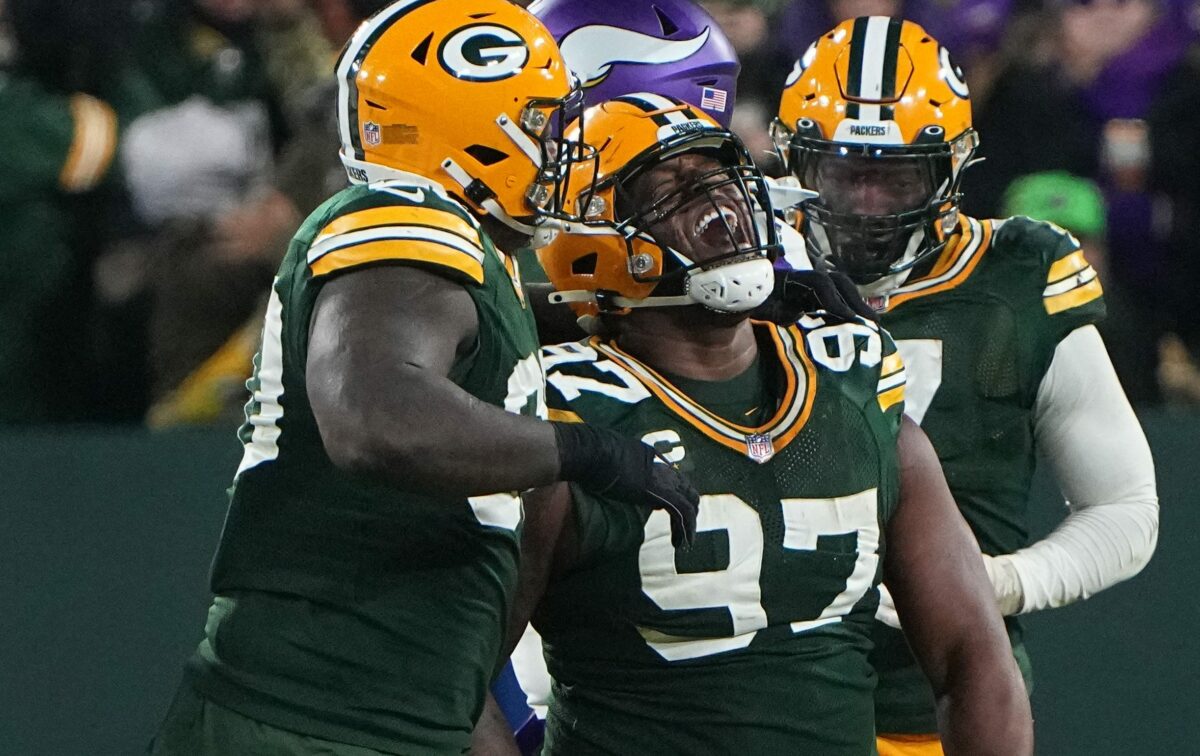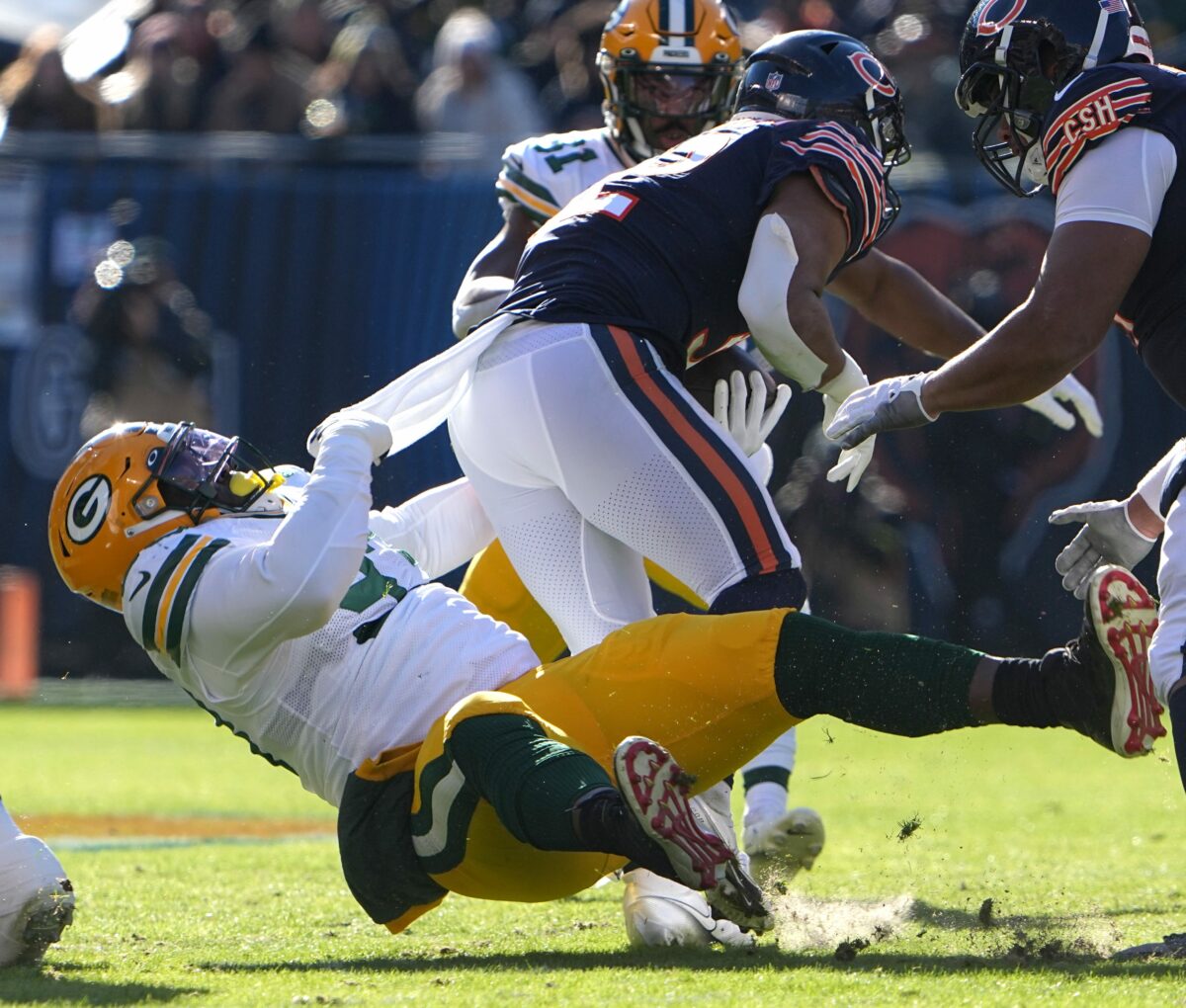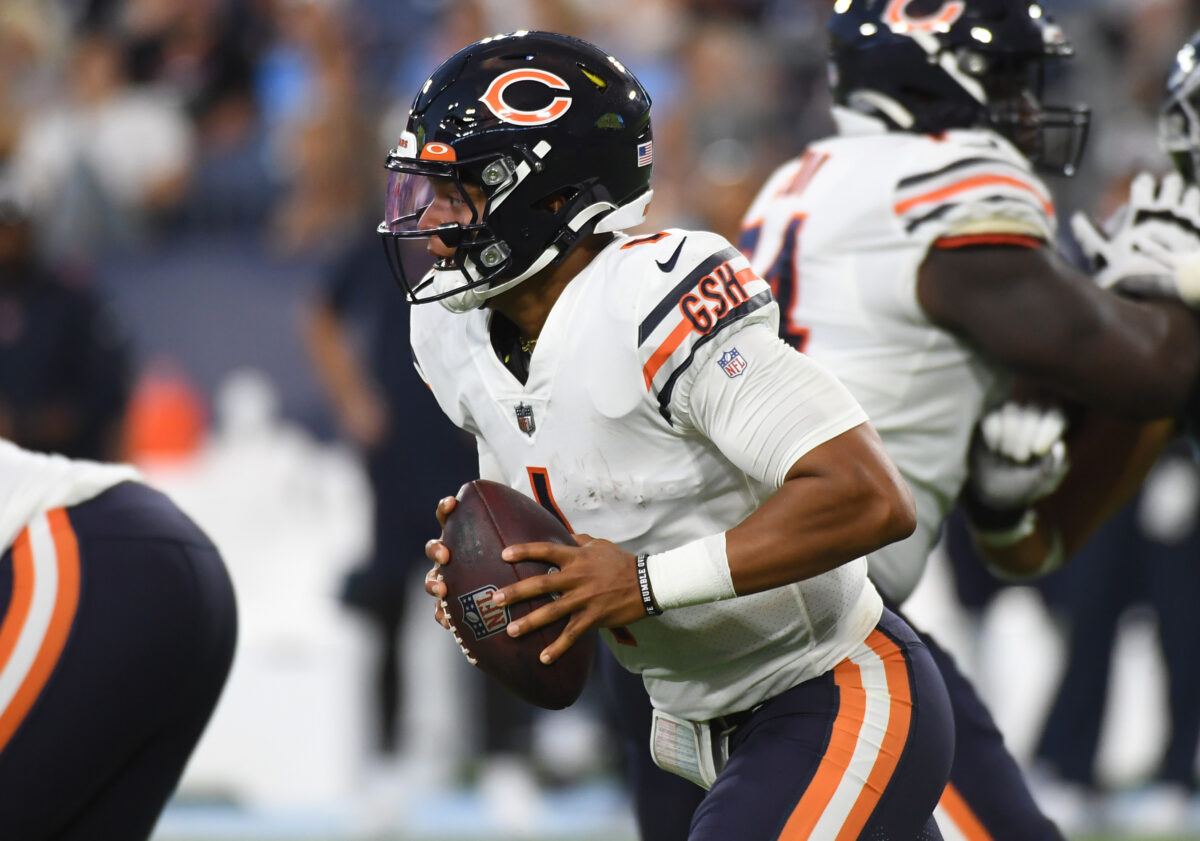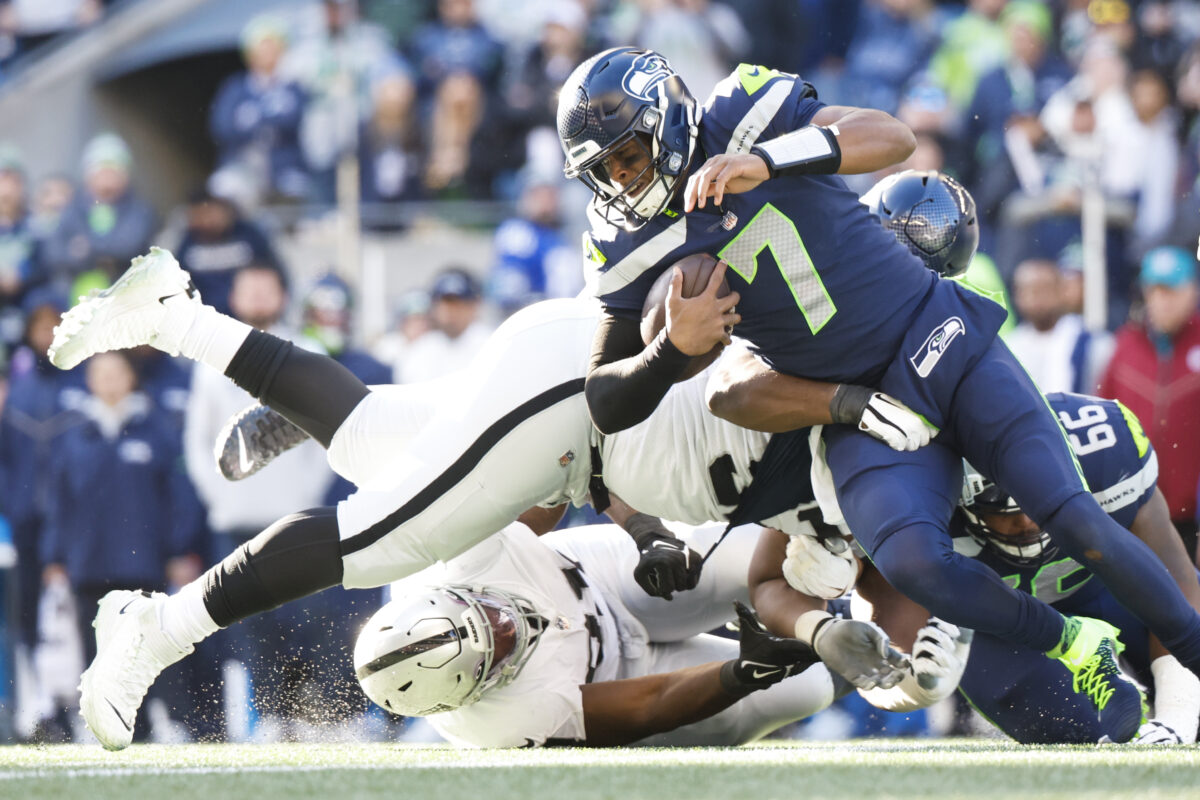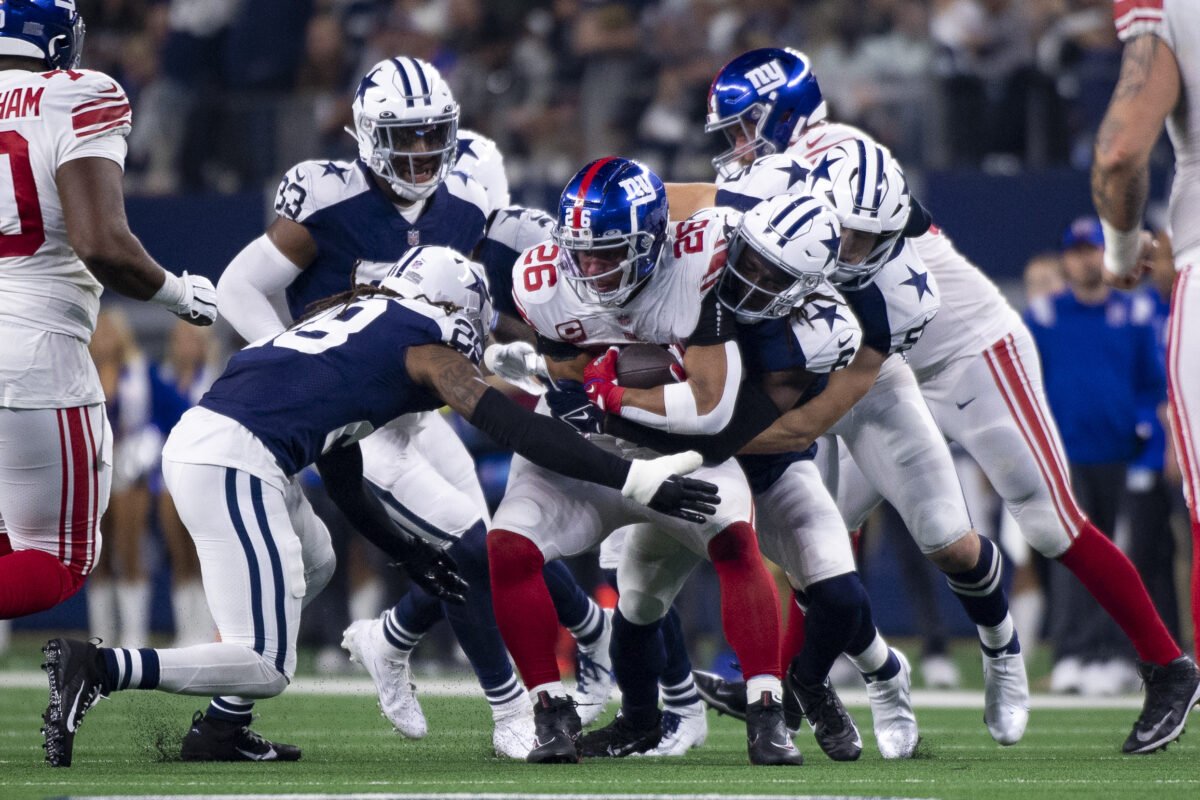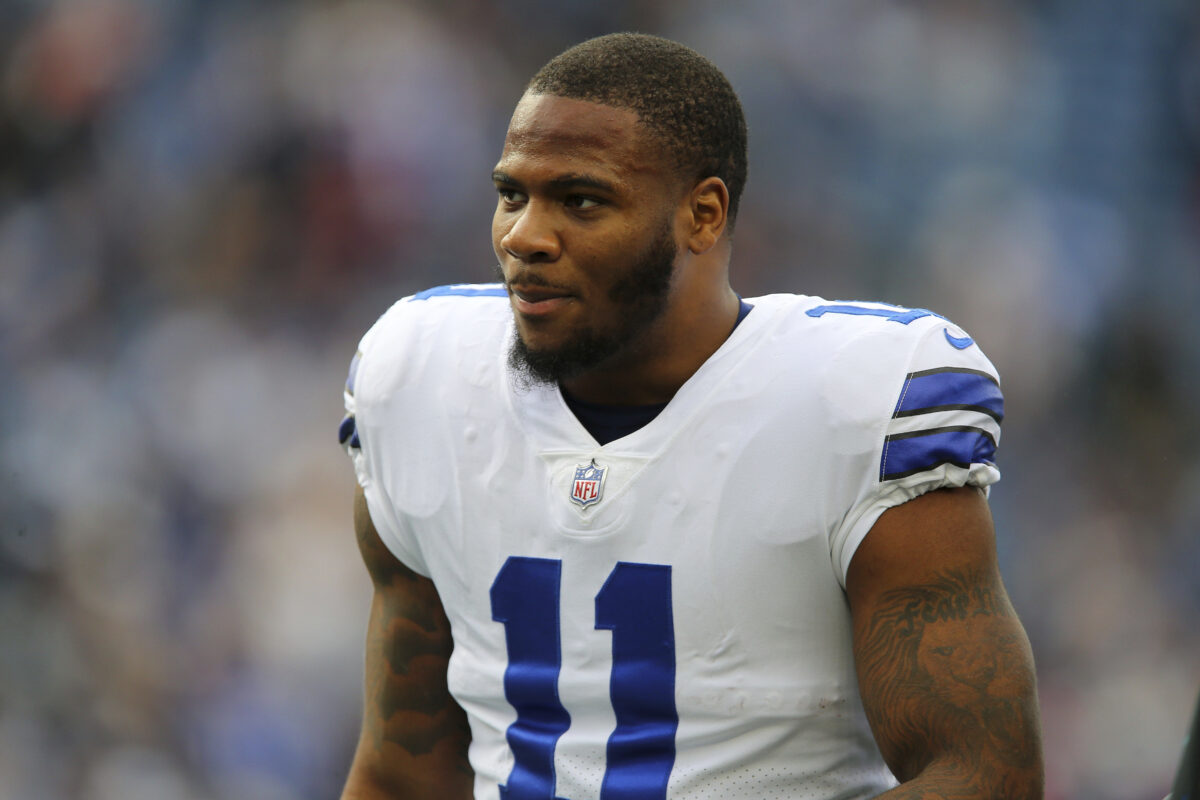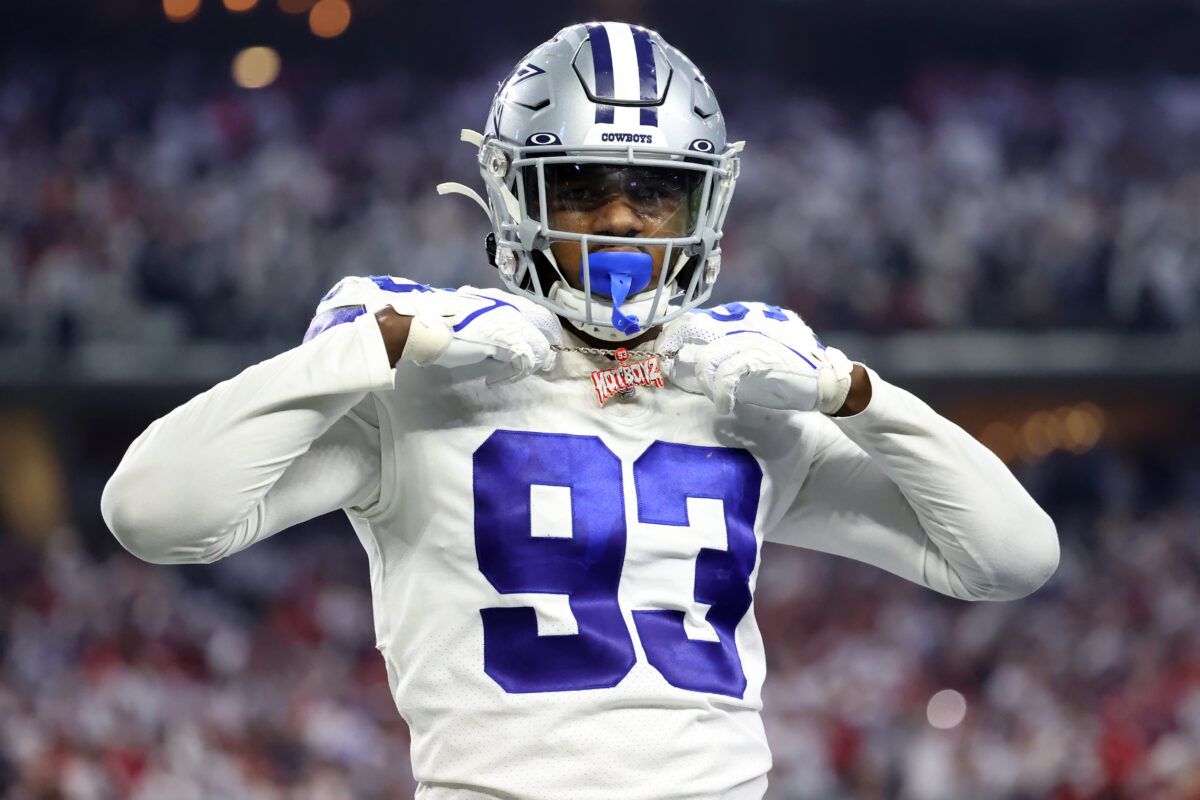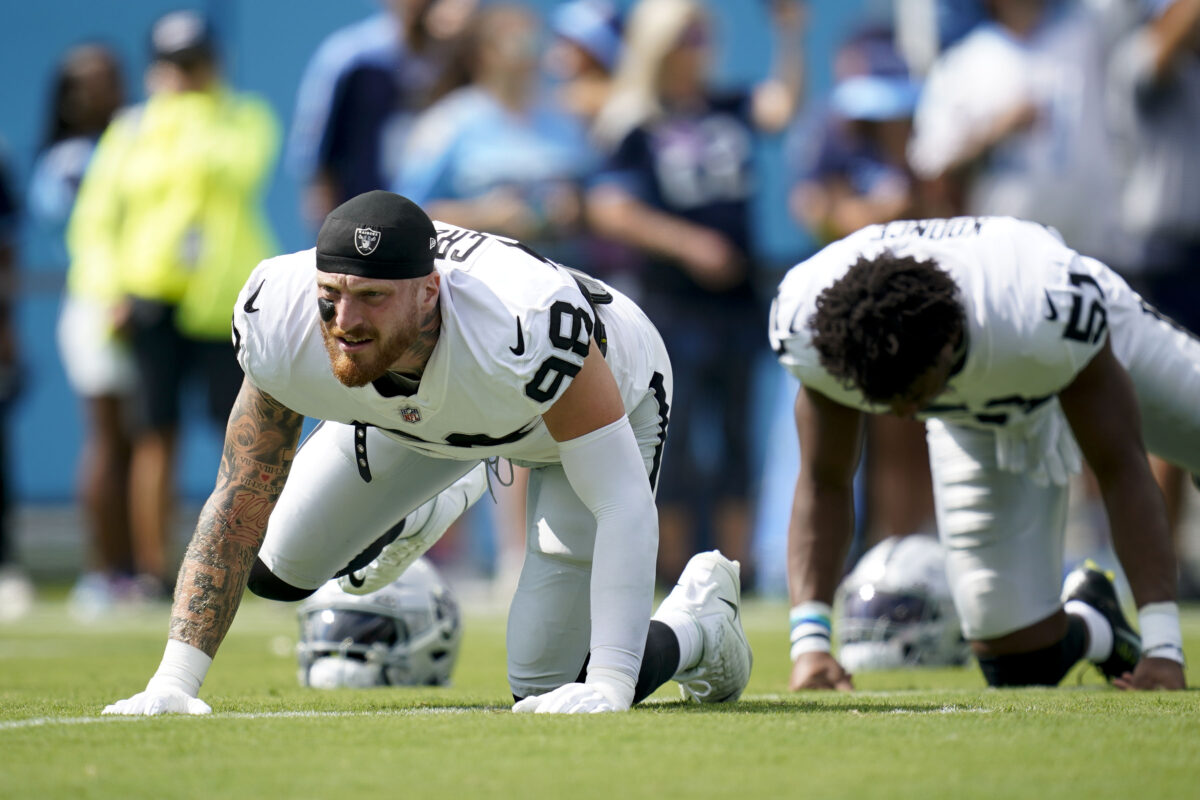[anyclip pubname=”2103″ widgetname=”0016M00002U0B1kQAF_M8036″]
Improvement for the Green Bay Packers’ defense as a whole probably begins with being better against the run in 2023. In order to accomplish that, it’s not only the interior defenders who have to improve but all 11 defenders on the field have to be better, including the edge rushers.
At this time of the year, with OTAs taking place, it’s always important to note that the pads are not on yet. However, during Tuesday’s practice that was open to the media, the edge rusher position group held up well against the run. There were several instances where the ball carrier either had to bounce back inside because there was nowhere to go as they tried to stretch the field, or they ended up running out of bounds for a minimal gain, unable to get around the corner.
A primary role of the edge rushers on running downs is to set the edge, which if done correctly as described above, makes bouncing outside, or getting around the corner a difficult task for the running back, and funnels them back toward the middle of the field. Although the edge rusher group that the Packers have is very good at getting after the quarterback, this is one aspect where the unit can improve.
Things can go poorly when an edge rusher is either unable to get off blocks or by being overly aggressive and treating the running play like a pass-rush opportunity. This can lead to them abandoning their responsibility on the edge and crashing down toward the quarterback and ball carrier, creating all sorts of space along the boundary for the running back.
Run game coordinator Jerry Montgomery said a few weeks ago that being better against the run will take all 11 defenders to do so and that being a good run defense team beings with “mindset.” Following Tuesday’s practice, I asked Preston Smith what that mindset means to him and the edge rusher room.
“You have got to play violent from start to finish, especially in the run game,” said Smith. “We preach in our room violent get off and violent hands, and that has to roll over to the run game. So when you’re getting off the ball, you have to get off violently, and when you engage the offensive lineman, you have to do it violently, and you have to get off blocks violently to make tackles and make sure that we make good tackles behind the line of scrimmage and that we make plays that help the defense put us in great situations like second and long or third and long.”
Depending on whether or not Rashan Gary is available for Week 1, there may be none or one roster spots available, assuming the Packers keep five edge rushers. Including Gary, the roster locks include Smith, JJ Enagbare, and Lukas Van Ness. Although from a contract standpoint, getting out of Justin Hollins’ deal would be easy for the Packers if they were to release him, with how he is being utilized during OTAs, seeing ample playing time with both the ones and twos, it’s hard to envision him not being on the team this season.
That right there is already five players. But if Gary begins the season on the PUP list still recovering from an ACL injury, it does open the door for undrafted rookie Brenton Cox, who Matt LaFleur specifically named on Tuesday as one of the young players who has impressed over the last few weeks.
During his time with the Packers, Hollins held up well against the run, ranking 27th in PFF’s run-stop rate metric. Run defense, compared to rushing the quarterback, can come with a more difficult learning curve for young players with the nuance and technique that goes into playing that role effectively. So now in his second season, Enagbare taking a leap forward will go a long way in helping this edge rusher unit against the run. When it comes to Van Ness, at least early on, I suspect that he will be primarily used as a pass rusher.
It’s not a coincidence that during the last few games of the season, when the Packers happened to be playing their best football, they went from allowing 5.0 yards per rush to just 4.4, which over the course of the season would have ranked 15th, a far cry from the 28th spot where they finished. When the defense is able to limit the run game on early downs, every member of the defense benefits.
It puts the offense in second and third and long situations, making them more predictable, and allows the defensive front to pin their ears back and really get after the quarterback. If the defensive front is able to slow the run, it also provides Joe Barry with the flexibility to play with more defenders in the secondary to limit the passing game, which is something else that we saw from this Packers defense late last season as well.
“We got to be better, across the board, point blank,” said Jerry Montgomery about the run defense. “I’ve got to be better and get my guys to play to that standard, but it takes 11. We got to be physical at the point of attack, build a wall, stay square, but we do, second level and third level have to do the same. So we have to put it all together, and we plan on doing that.”
